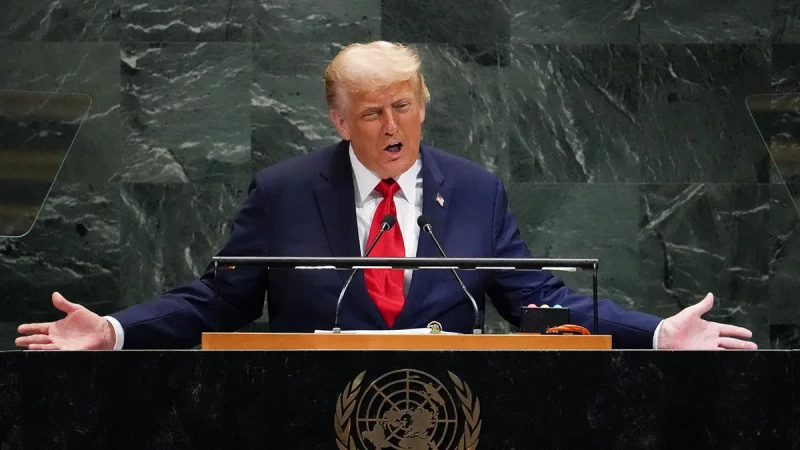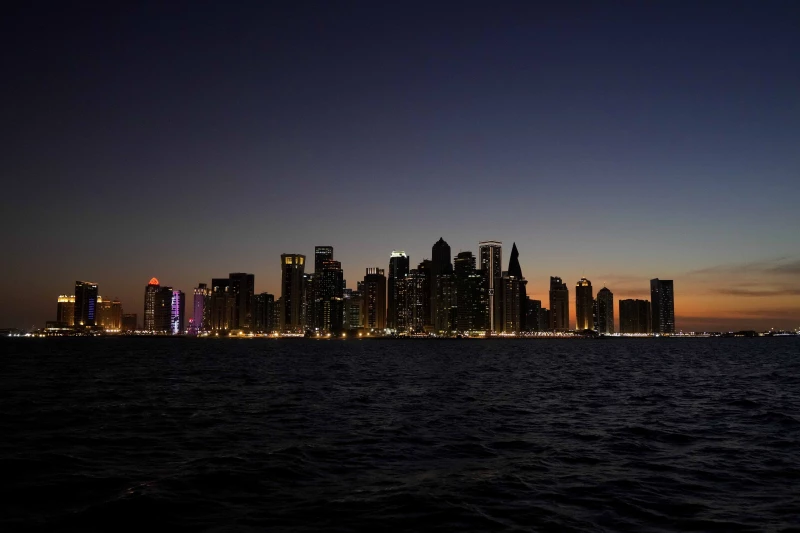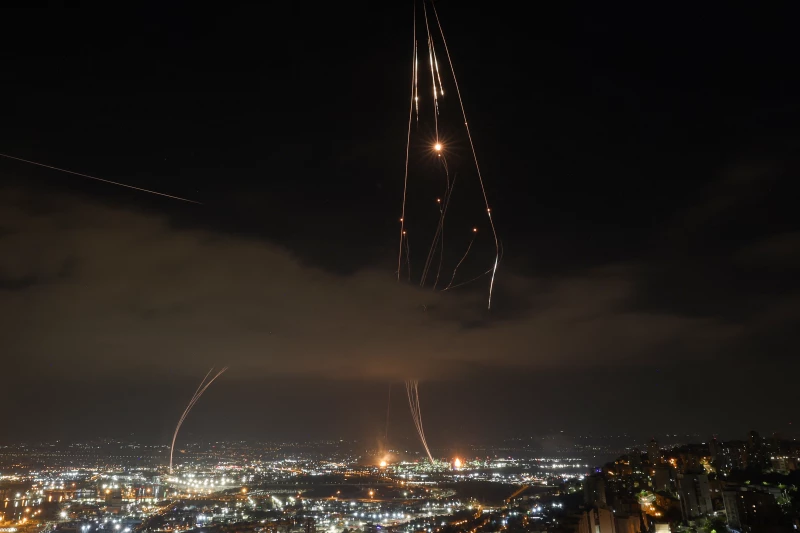ERBIL, Kurdistan Region of Iraq - The stage could not have been more symbolic. Leading up to and during the 80th UN General Assembly’s High-Level Week, ten Western states — including France, the United Kingdom, Canada, and Australia — formally recognized Palestine as a state. A gesture perceived by many as decades overdue, the move sought to affirm the principle of self‑determination set out in UN Resolution 181. Soon after the wave of recognition unfolded, US President Donald Trump unveiled his “Comprehensive Plan to End the Gaza Conflict.”
Marketed as humane and novel, the 20-point proposal has been widely endorsed by countries in the region as a means to ending the seemingly intractable conflict. Yet others have asserted that the proposal merely sets the stage for a corporate occupation in disguise, entrusting Gaza’s governance to a foreign‑chaired “Board of Peace” and allowing Israel to consolidate its control over the Strip while offering Palestinians mere subjugation in return.
On September 29, Trump met with Israeli Prime Minister Benjamin Netanyahu in a private Oval Office meeting before holding a joint presser in which the pair outlined the plan, with Netanyahu offering a resounding Israeli endorsement.
“This is the closest we've ever come to real peace,” the US president told reporters in the White House. On Tuesday, he said that Hamas has “three or four days” to accept the proposal, warning later in the day that the Palestinian militant group will “pay in hell” should they refuse the peace plan.
As of the time of writing of this article, Hamas has yet to accept the proposal, with an official from the group telling AFP on Friday that they still need time to review its provisions and consult.
Reports on the likelihood of Hamas’ acceptance have been mixed. The Palestinian group would be expected to accept not having "any role in the governance of Gaza, directly, indirectly, or in any form" under the US initiative. Yet what exactly does the 20-point plan actually entail?
Asymmetric security and entrenched occupation
The security situation on the ground proves salient in the proposal, which lays the groundwork for a phased Israeli withdrawal and, latterly, the creation of an International Stabilization Force (ISF) to police the strip in the post-conflict environment.
Photo: The White House
In essence, Hamas must demobilize, surrender its weapons, and relinquish political authority, while Israel’s withdrawal from Gaza is contingent on vague “standards, milestones, and timeframes” to be decided with the US, the ISF, and other guarantors.
Nothing binds Israel to leave. In fact, unlike earlier ceasefire terms, which compelled its forces to reposition away from Gaza’s border, this plan explicitly licenses Israel’s initial occupation of Gaza’s largest cities: Rafah, Khan Younis, Jabalia, and Beit Hanoun. Israel, even should it complete its full withdrawal, under the plan is set to maintain a permanent “security buffer zone,” occupying some of the land that was under Palestinian control pre-October 7.
The divergence in the political future of Gaza and the West Bank is likely to be heightened given the difference in their respective security scenarios should the plan be accepted. The proposal, therefore, may serve to entrench the split between Gaza and the West Bank and thus further undermine the right of the Palestinian people to self-determination.
At the heart of the plan lies the sequence of hostage and prisoner exchanges. Hamas is required to return every hostage—living or dead—within 72 hours of Israel’s formal acceptance. In return, Israel commits to releasing 250 Palestinians serving life sentences and 1,700 others detained since October 7, 2023, including all women and children imprisoned in that context.
The framework even specifies a formula: “For every Israeli hostage whose remains are released, Israel will release the remains of 15 deceased Gazans.” This arithmetic reveals a chilling quantification of worth, assigning a premium to Israeli life while Palestinian bodies are converted into statistics. These provisions, though potentially welcome for families desperate for relief, remain framed as conditional tokens of occupation.
A dearth of trust
The imbalance does not stop with numbers. Israel’s history of broken commitments—including its failure to withdraw from Lebanon after the November 2024 agreement, its violation of the March 2025 ceasefire, and its refusal to lift the blockade despite the release of a hostage in May 2025—renders any new promise doubtful.
The danger is heightened by the plan’s structural vagueness: timelines and obligations are repeatedly deferred to “agreements to be reached later.” Point 16 is explicit in leaving Israeli withdrawal to standards and milestones that must be “agreed upon between the [Israeli military], ISF, the guarantors, and the United States;” language that ensures discretion rests with Israel itself.
In effect, what is presented as a roadmap becomes what critics have described as a “plan to have a plan”—a framework architected for breach, providing cover for Israel to prolong aggression while claiming compliance.
Softened rhetoric, enduring displacement
Perhaps the most salient distinction from a previous Trump-endorsed peace plan is that the current proposal does not seek to encourage Gazans to leave their homeland. Point 12 proclaims that “no one will be forced to leave Gaza” — a striking change from Trump’s February insistence that the United States would “own Gaza” and clear the land for what he called the “Riviera of the Middle East.”
Yet, the absence of explicit expulsion does not mean that expulsion is gone. Israel has already dedicated bureaucratic resources to a so‑called “voluntary departure” program, and if a third country becomes available to host refugees, displacement could resume by other means. And even without formal deportation, the destruction of infrastructure, tunnels, and homes, paired with unlivable conditions, could drive Palestinians to depart “voluntarily.”
The plan may soften the rhetoric of forced displacement that the world so balked at in February but leaves intact the long-hoped-for Israeli notion of a mass Palestinian exodus from Gaza.
A corporate governance framework
Point nine of the plan outlines the structure of governance in Gaza in the post-conflict environment: “Gaza will be governed under the temporary transitional governance of a technocratic, apolitical Palestinian committee, responsible for delivering the day-to-day running of public services and municipalities for the people in Gaza.”
“This committee will be made up of qualified Palestinians and international experts, with oversight and supervision by a new international transitional body, the ‘Board of Peace,’ which will be headed and chaired by President Donald J. Trump, with other members and heads of state to be announced, including Former [British] Prime Minister Tony Blair.”
The pervasive foreign influence inherent in this component has perturbed commentators, who highlight the salience of the technocratic “Board of Peace,” chaired by Trump himself. The involvement of former British premier Tony Blair, whose reputation has long been tarnished by the specter of the 2003 invasion of Iraq, may also prove viscerally bristling for a Middle Eastern audience.
The inclusion of prominent world leaders and Palestinian technocrats appears to entail a profoundly top-down approach to governance in which normal citizens will have little say. For many, the board itself is reminiscent of long-held colonial practice: sending someone from the empire to govern a people deemed incapable of governing themselves. The irony is bitter: the Palestinian tragedy began with the Balfour Declaration and the British Mandate.
Under the proposal, Palestinian statehood is put on the backburner, contingent on a reform program for the Palestinian Authority (PA) being “faithfully” carried out, with the text announcing its recognition of statehood “as the aspiration of the Palestinian people.” The top-down approach is out of step with the repeated recognition of a Palestinian right to self-determination by the International Court of Justice, most recently in its landmark July 2024 advisory opinion.
Humanitarian aid
On aid, the language appears magnanimous: if the deal is accepted, “full aid” is to flow immediately into Gaza through the UN, the Red Crescent, and other neutral institutions. This seems to concede, at least tacitly, that Israel has long obstructed humanitarian delivery. Yet here, too, ambiguity reigns. Aid is fully tied to the agreement and to Israel’s interpretation of compliance, with no penalties if Israel resists implementation and no enforcement mechanisms to block its recurring violations of truce and blockade. This implication is stark: Israel is left with full wiggle room, while Palestinians must comply or starve.
Humanitarian aid—the most basic right of besieged civilians—is conditioned on political compliance. International law, however, is unambiguous: an occupying power is obligated to ensure civilian welfare. Unlimited humanitarian aid cannot be conditioned on the existence of a ceasefire. It is a legal obligation on Israel both because it is part of the ICJ orders since January 2024 and because it is a war crime to use starvation as a method of warfare. Yet in Trump's plan, Gaza's access to aid becomes a bargaining chip, reinforcing total vulnerability.
Deradicalization
Point 18 proposes an “interfaith dialogue process [...] based on the values of tolerance and peaceful co-existence to try and change mindsets and narratives of Palestinians and Israelis.” The proposal would enforce a deradicalization agenda on the population of Gaza, with the very first point in the plan outlining Trump’s vision for the Strip: “Gaza will be a deradicalized terror-free zone that does not pose a threat to its neighbors.”
A healthy dose of victor’s justice seems an applicable epithet to the asymmetric nature of this provision. Despite International Criminal Court arrest warrants against two Israeli leaders for war crimes and crimes against humanity, and despite the ICJ case on genocide, there is no request for deradicalization of any Israeli component. Hamas must agree to relinquish any role in politics, and the PA must commit to extensive reform, yet the proposal does not stipulate any such bars on Netanyahu or far-right members of his government.
For Netanyahu, the initiative offers the prospect of declaring victory over Hamas while unlocking long-sought diplomatic ties with moderate Arab states—foremost among them Saudi Arabia, which was on the cusp of normalizing relations with Israel before Hamas’s October 7, 2023, attack. Such achievements, he believes, could bolster his political standing and improve his chances of remaining in power.
But the plan also threatens to rupture Netanyahu’s fragile governing coalition. Far-right partners Bezalel Smotrich and Itamar Ben-Gvir have already signaled they would topple the government if the war were brought to an end without Hamas’s total destruction, the mass expulsion of Palestinians, and potentially the resettlement of Gaza by Israelis.
Caught between a tantalizing diplomatic prize and the survival of his coalition, Netanyahu may be counting on Hamas to reject Trump’s terms. That outcome would allow him to preserve his government, shift blame for the deal’s collapse onto Hamas, and keep alive the momentum toward normalization with the Arab world.
Economic aspect
The plan’s economic language reveals the same logic. Trump promises a sweeping redevelopment program, enlisting experts from Middle Eastern “miracle cities,” crafting a special economic zone with preferred tariff and access rates, and injecting international capital.
Point 10 announces, “A Trump economic development plan to rebuild and energize Gaza will be created by convening a panel of experts who have helped birth some of the thriving modern miracle cities in the Middle East.”
The US president has toyed with the idea of developing Gaza’s Mediterranean coastline, what he called some of the finest real estate in the region.
Point 11 asserts that “A special economic zone will be established with preferred tariff and access rates to be negotiated with participating countries,” opening the doors to international investment and raising hopes of a possible peace dividend. Whether such economic opportunities would prove beneficial to everyday Gazans or merely an opportunistic rush for international corporations and contractors remains to be seen.
Hamas isolated
The degree of support the plan has garnered from Arab and Islamic countries is significant and greatly increases the likelihood of Hamas acceptance, however reluctant. The PA has welcomed the plan, and a joint statement from the foreign ministers of Egypt, Indonesia, Jordan, Pakistan, Qatar, Saudi Arabia, Turkey, and the United Arab Emirates praised Trump’s “sincere efforts” and voiced confidence in his ability to chart a path to peace.
The Iraqi foreign ministry said in a statement that it “commends the proposals included in the declaration related to stopping the war, rebuilding the Gaza Strip, and preventing the displacement of the Palestinian people, as well as emphasizing that the annexation of the West Bank will not be permitted."
Kurdistan Region President Nechirvan Barzani also lauded the announcement. "I welcome President Trump's Comprehensive Plan to End the Gaza Conflict and commend his leadership," wrote Barzani on X.
European leaders also weighed in: EU foreign policy chief Kaja Kallas urged Hamas to accept the proposal, France’s Emmanuel Macron called on Israel to “engage resolutely,” and Britain’s Prime Minister Keir Starmer pressed both sides to finalize the agreement.
Russia’s Vladimir Putin offered conditional backing, saying Moscow would only support the plan if it leads to a two-state solution, while China’s foreign ministry said it supports “all efforts” to de-escalate the crisis. Even Iran has cautiously stated that the plan can be “evaluated” by the Palestinians.
Additional endorsements came from Italy, Spain, India, Germany, the Netherlands, Australia, Azerbaijan, Kazakhstan, and New Zealand.
Such a resounding wave of international support leaves the belligerent factions of the Hamas leadership more isolated than ever. Their dilemma is simple: reject the plan and be blamed by the international community, and indeed a number of Gazans, for the continuation of violence, or accept the proposal and ensure their own group’s dissolution.
Any hesitation or attempt to drag out proceedings has been anticipated in the text, with point 17 reading: “In the event Hamas delays or rejects this proposal, the above, including the scaled-up aid operation, will proceed in the terror-free areas handed over from the IDF [Israeli military] to the ISF.” In other words, Israel would be permitted to proceed with its campaign unilaterally.
Conclusion
Trump’s peace plan comes at a critical juncture in the history of the Israeli-Palestinian conflict; while matters on the ground have deteriorated for Palestinians over the past decades, growing international support and a swaying of Israel’s traditional allies, perhaps most salient in a torrent of recognition of Palestinian statehood by Western countries in recent times, has upped the urgency to end the bombing.
The plan is inherently more favorable to the Israeli side: it seeks to assuage their security concerns, dismantle or drastically reform its traditional foes, and keeps the vision of a Palestinian state in the distant future. For Hamas, there is little incentive other than a halt to the bloodshed.
The plan, though still fundamentally lopsided in its provisions, is the most significant international effort to end the war on Gaza to date, being more measured than any of its predecessors from the Trump administration.
The views expressed in this article are those of the writer and do not necessarily represent the position of The New Region's editorial team


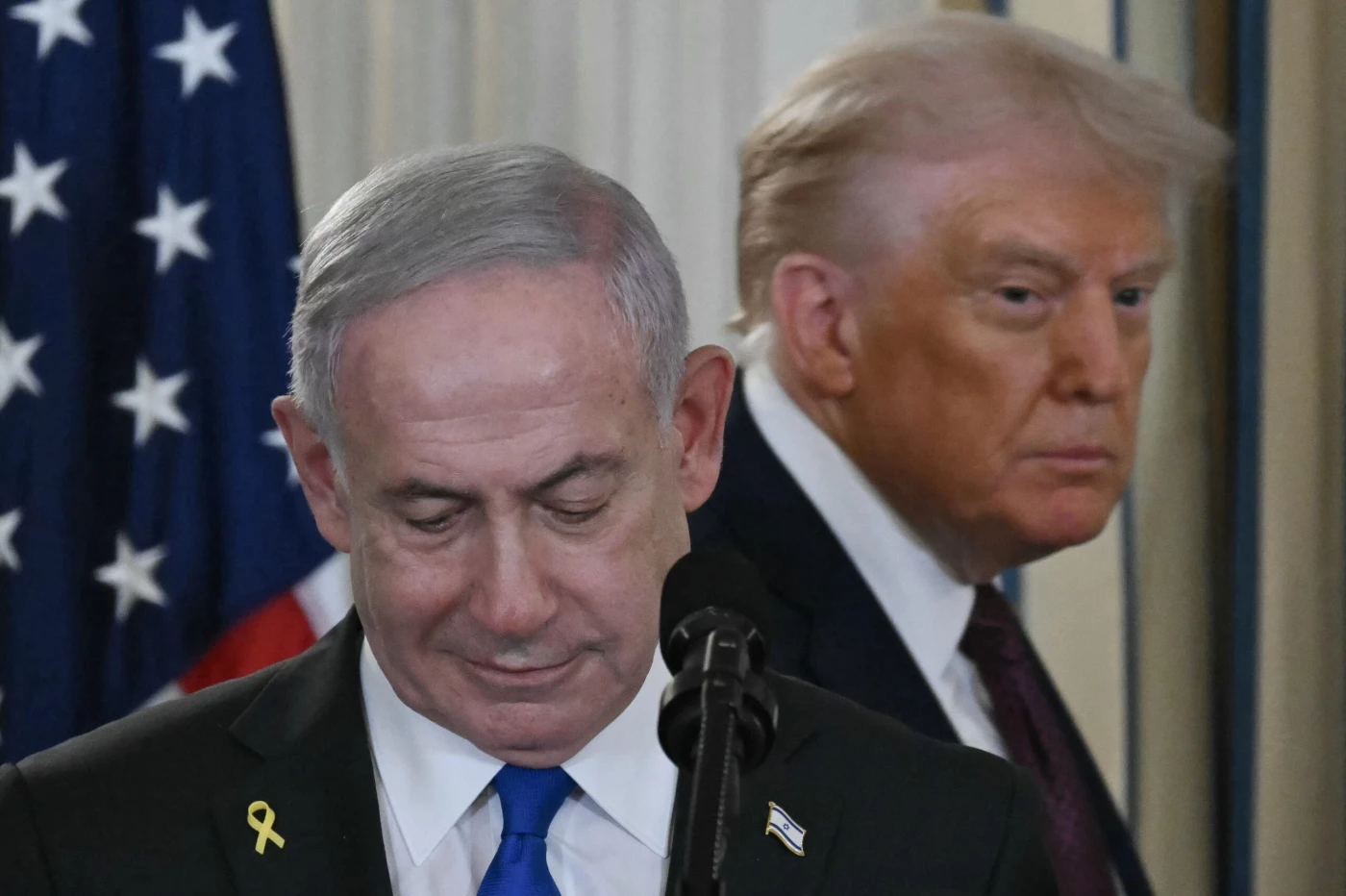
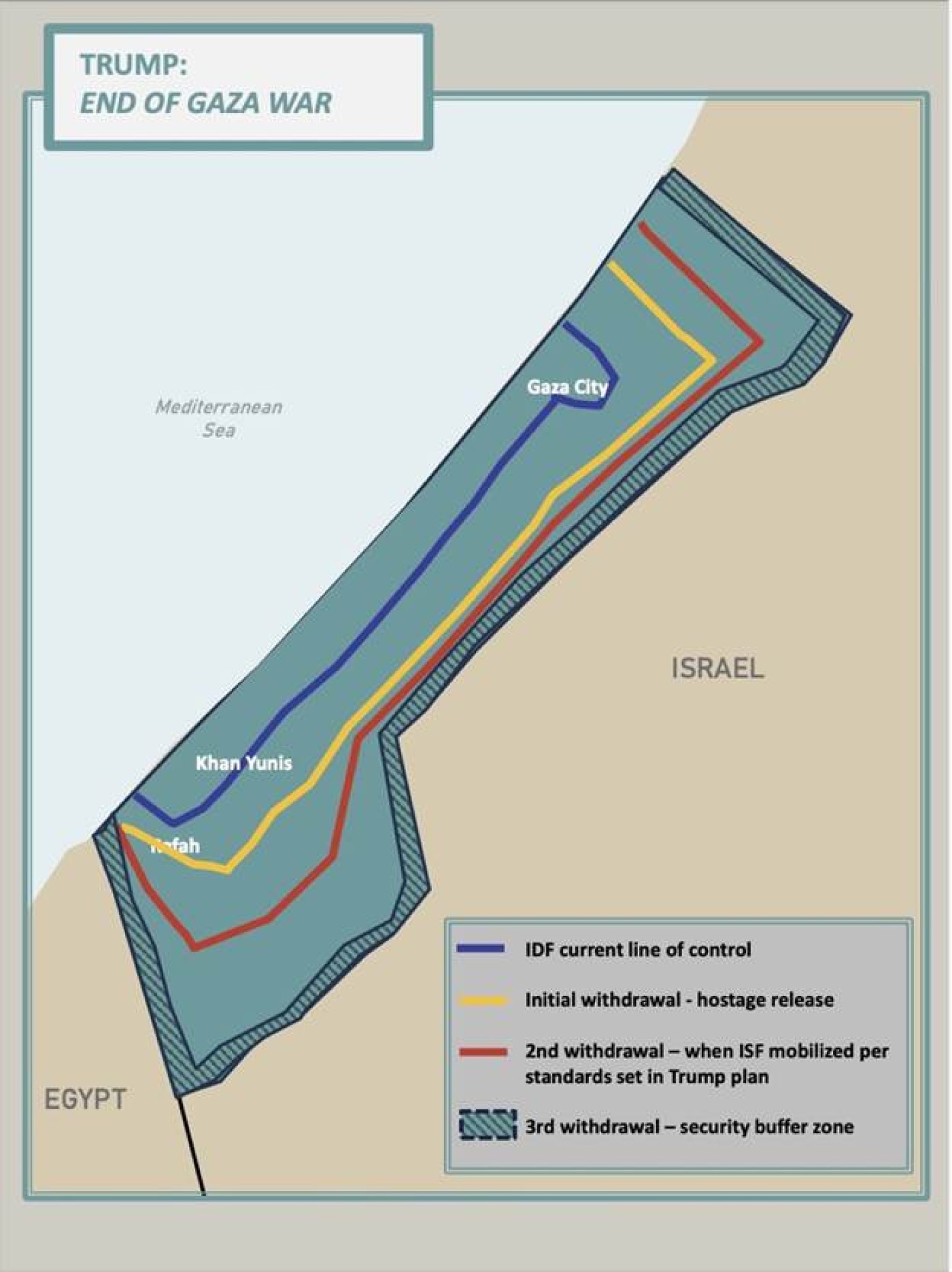
 Facebook
Facebook
 LinkedIn
LinkedIn
 Telegram
Telegram
 X
X
